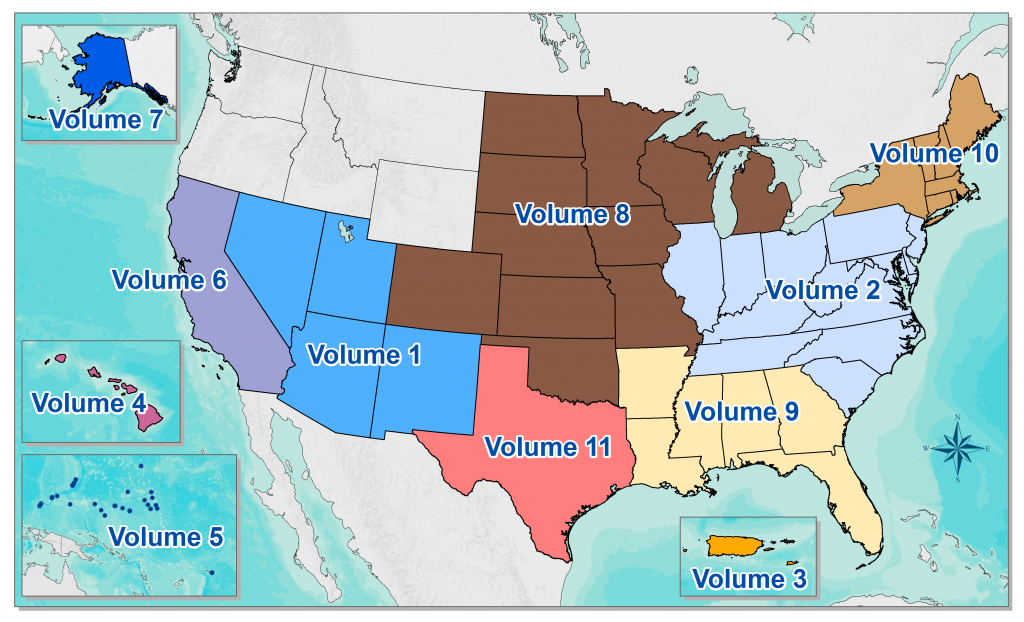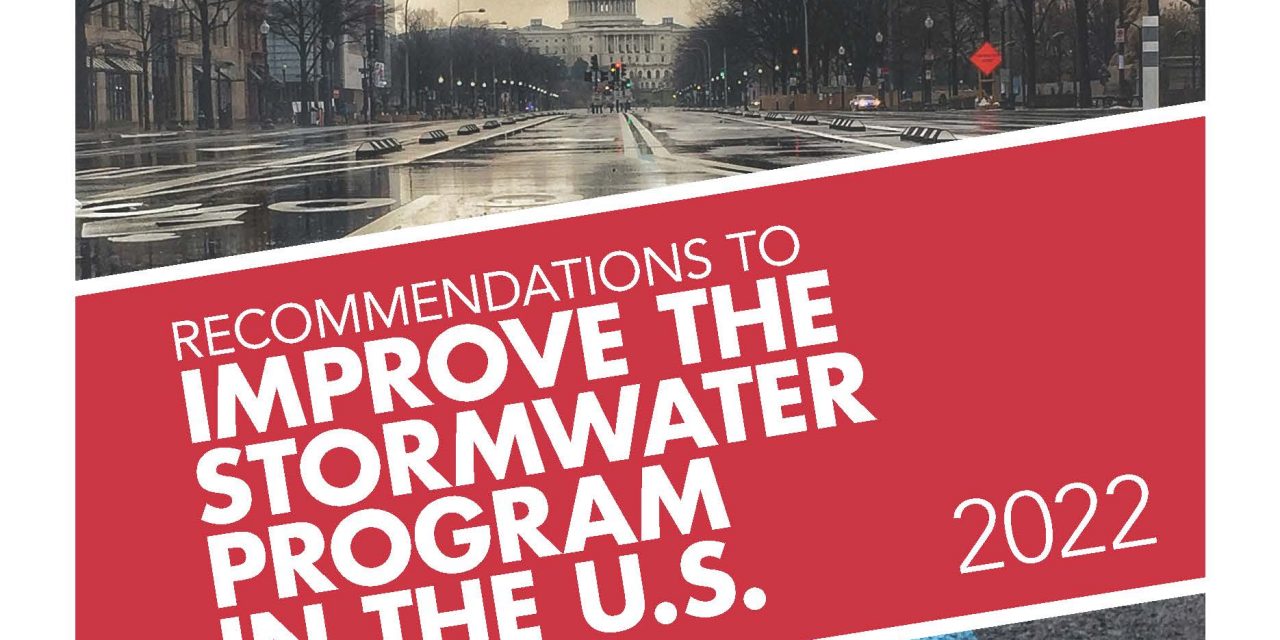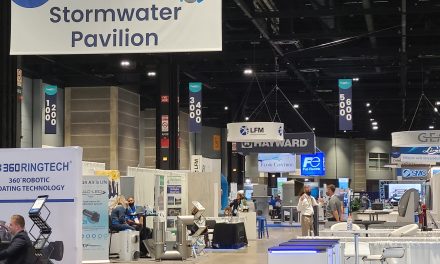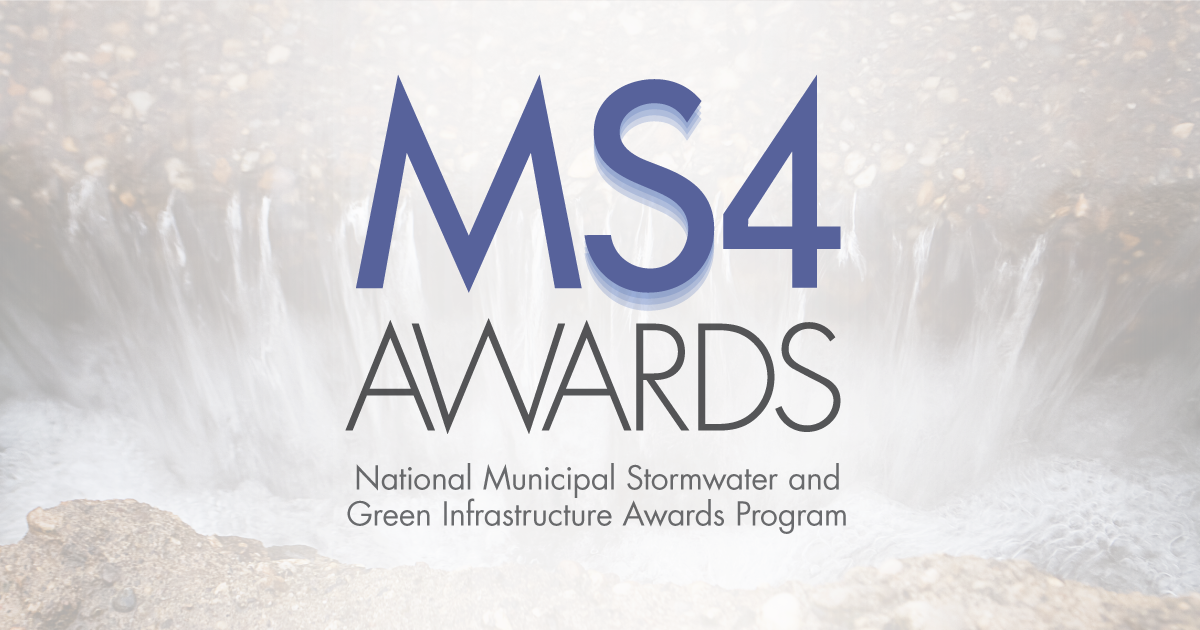On April 25, the Water Environment Federation (WEF; Alexandria, Virginia) Stormwater Institute held its sixth-annual Stormwater Policy Forum. The virtual event invited stormwater advocates to learn about the latest federal legislative developments shaping U.S. stormwater policy from Congressional staff, U.S. Environmental Protection Agency (EPA) representatives, the WEF government affairs team, Fitch Ratings, the Council of Infrastructure Financing Authorities, and the National Municipal Stormwater Alliance (NMSA; Alexandria, Virginia).
Serving as the foundation for the Stormwater Policy Forum, NMSA and the WEF Stormwater Institute released a fact sheet detailing specific legislative needs and priorities to help guide the success of the U.S. stormwater sector. The document, 2022 Recommendations to Improve the Stormwater Program in the U.S., lauds the recent passage of the Infrastructure Investment and Jobs Act (IIJA), which authorized an unprecedented level of funding for stormwater programs. However, it also outlines a host of additional ways that the sector can benefit from federal investment and legislation.
“The historic stormwater infrastructure funding programs authorized last year as part of the IIJA represent a major step forward to ensure U.S. communities are adequately protected from flooding, emerging contaminants, and the effects of climate change,” said Steve Dye, WEF Legislative Director. “The time is now to build on this momentum through congressional funding for these newly authorized programs. Funding is needed to ensure that the new programs help communities address their current stormwater infrastructure needs as efficiently and equitably as possible, as well as work proactively to better address tomorrow’s stormwater challenges.”
Fund Recently Authorized Stormwater Provisions
Although the IIJA prescribed more than $700 million for stormwater program funding in addition to significant, stormwater-eligible enhancements to the EPA Clean Water State Revolving Fund programs, the U.S. Congress must now appropriate funds during the Fiscal Year 2023 budgeting process to support these commitments. Among the agreed-upon stormwater provisions that now require appropriations are
- $280 million annually for the EPA Sewer Overflow and Stormwater Reuse Municipal Grants program, subsidizing projects that address combined sewer overflows, sanitary sewer overflows, and municipal stormwater infrastructure;
- $25 million annually for a new Alternative Source Water Pilot program, which will include funding for stormwater capture projects;
- $25 million annually for resilience and sustainability grants;
- $10 million annually for municipal stormwater planning and implementation grants;
- $50 million for the EPA Water Infrastructure Finance and Innovation Act (WIFIA) program, which provides long-term, low-cost loans to support large-scale water projects;
- $5 million to establish five stormwater technology “Centers of Excellence,” which would perform research to formulate new infrastructure designs and maximize the value of investments in stormwater control; and
- $5 million to update the EPA Clean Watershed Needs Survey, which assesses the U.S. stormwater sector’s financial requirements to ensure adequate levels of service and protection.
Develop New Stormwater Funding Opportunities
Although financial provisions in the IIJA introduce and bolster several grant programs to support stormwater investments, data shows that stormwater organizations of all sizes require more stable, ongoing sources of funding. For example, WEF’s 2020 MS4 Needs Assessment Survey found that only 25% of regulated stormwater communities have a dedicated revenue source such as a stormwater utility.
Report authors describe a collection of ideas for new funding mechanisms to promote the stormwater sector’s growth and long-term financial resilience. These include
- establishing a Stormwater Construction Grant program that would eventually mature into a loan-based Stormwater State Revolving Fund program, following the model of Drinking Water and Clean Water State Revolving Fund programs;
- enhancing efforts to promote, fund, and incentivize the formation of local stormwater utilities; and
- revising the Clean Water Act Section 319 program to expand eligibility for stormwater projects.
Support Atlas 14 Updates

Virtually all segments of the U.S. stormwater sector — from utilities and watershed managers to infrastructure engineers and climate change modelers — depend on credible, research-backed estimations of how the effects of climate change might affect precipitation frequency in their specific region. Since 2004, the U.S. National Oceanic and Atmospheric Administration (NOAA) has worked to provide this critical information through its Atlas 14 program. However, lacking consistent funding for ongoing study or a regular update schedule, many stormwater professionals operate under widely different estimations of future precipitation in their respective regions, undermining resilience planning efforts.
Some regions have not received an update to their Atlas 14 precipitation frequency estimates in more than a decade. Five states in the northwest U.S. — Washington, Oregon, Wyoming, Idaho, and Montana — still have yet to receive even initial precipitation frequency estimates from the Atlas 14 study.
2022 Recommendations to Improve the Stormwater Program in the U.S. calls for NOAA to receive adequate funding and staffing resources to maximize the Atlas 14 study’s usefulness. In particular, stormwater professionals require a predictable Atlas 14 update schedule as well as revised design storms that take into account the latest climate change projections from the research community as they evolve. Consistent, standardized precipitation frequency estimates from an authoritative, federal source will ensure that stormwater infrastructure investments are planned as efficiently as possible, the authors write.
Focus on Source Control
The number of potential contaminants transported in runoff is expanding at a rate that stormwater infrastructure technology cannot match. For that reason, the most effective way for stormwater professionals to address such threats as per- and poly-fluoroalkyl substances (PFAS), microplastics, and tire-wear derivates is to prevent these contaminants from enteringrunoff, fact sheet authors describe.
The recommendations document also calls on EPA to establish a new, permanent pollutant source control program within the U.S. EPA Office of Wastewater Management. The new department should work to advance strategies like product substitution, green chemistry, and the discontinuation of certain chemicals known to pose environmental threats when they enter the environment. EPA is uniquely poised to address source control, authors write, drawing on an example of the agency’s work in restricting entire classes of organophosphate-based pesticides in recent years.
Read the full fact sheet, 2022 Recommendations to Improve the Stormwater Program in the U.S., at the WEF Stormwater Institute website.

ABOUT THE AUTHOR
Justin Jacques is editor of Stormwater Report and a staff member of the Water Environment Federation (WEF). In addition to writing for WEF’s online publications, he also contributes to Water Environment & Technology magazine. Contact him at jjacques@wef.org.






